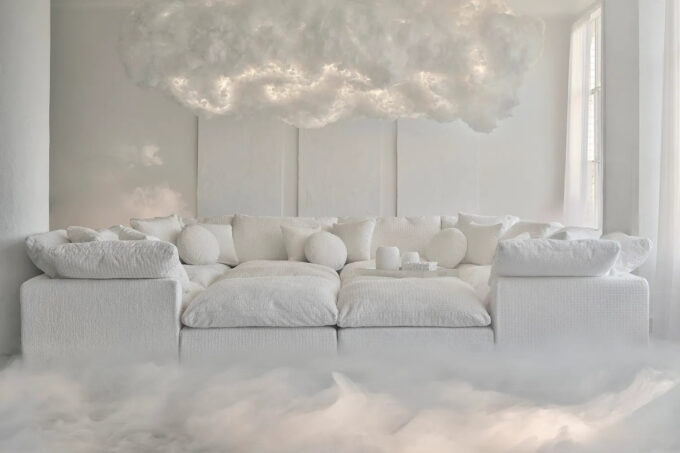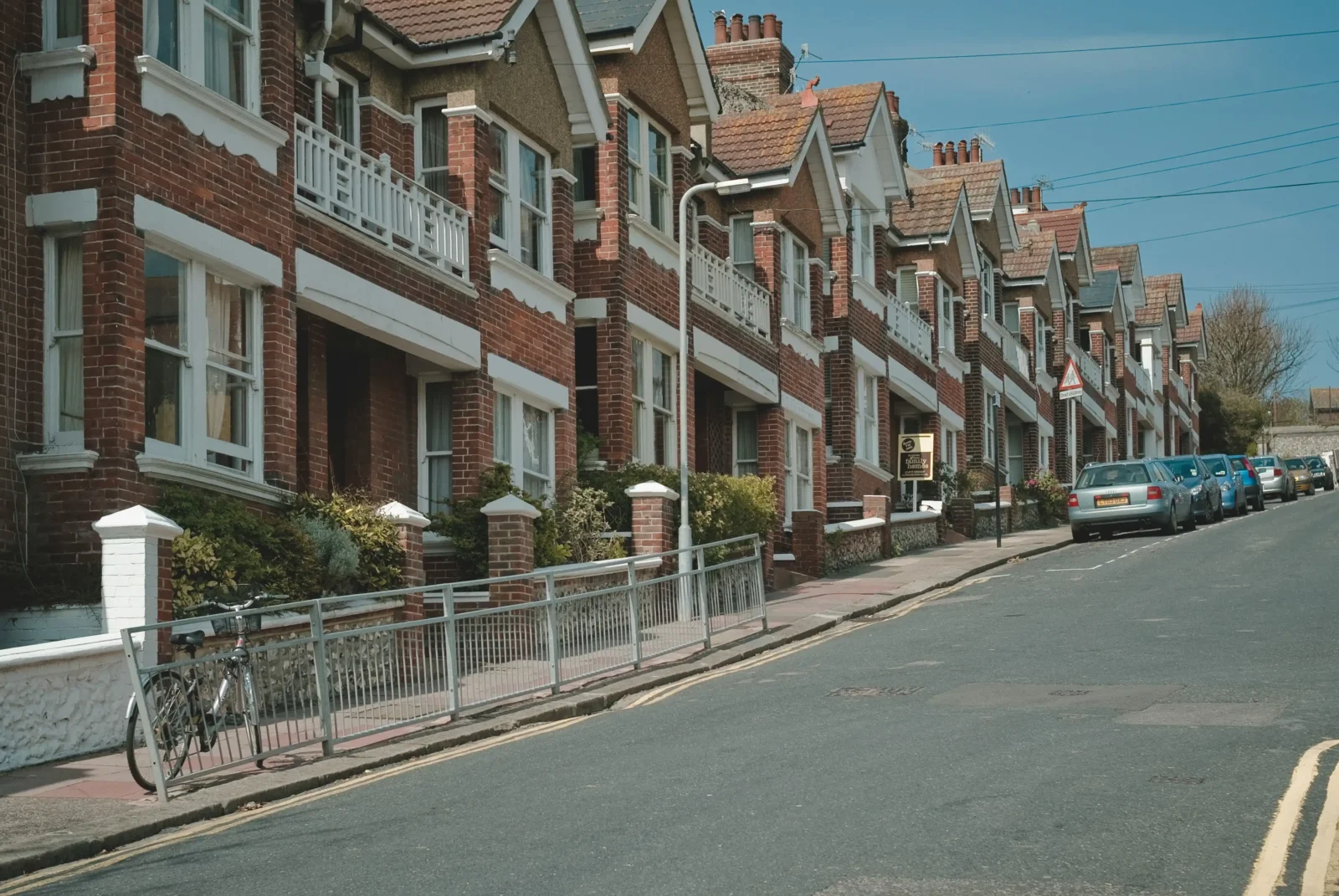- Home
- Articles
- Architectural Portfolio
- Architectral Presentation
- Inspirational Stories
- Architecture News
- Visualization
- BIM Industry
- Facade Design
- Parametric Design
- Career
- Landscape Architecture
- Construction
- Artificial Intelligence
- Sketching
- Design Softwares
- Diagrams
- Writing
- Architectural Tips
- Sustainability
- Courses
- Concept
- Technology
- History & Heritage
- Future of Architecture
- Guides & How-To
- Art & Culture
- Projects
- Interior Design
- Competitions
- Jobs
- Store
- Tools
- More
- Home
- Articles
- Architectural Portfolio
- Architectral Presentation
- Inspirational Stories
- Architecture News
- Visualization
- BIM Industry
- Facade Design
- Parametric Design
- Career
- Landscape Architecture
- Construction
- Artificial Intelligence
- Sketching
- Design Softwares
- Diagrams
- Writing
- Architectural Tips
- Sustainability
- Courses
- Concept
- Technology
- History & Heritage
- Future of Architecture
- Guides & How-To
- Art & Culture
- Projects
- Interior Design
- Competitions
- Jobs
- Store
- Tools
- More
Minimalism vs Maximalism Architecture: Key Differences, Benefits, and How to Choose
Explore the architectural debate between minimalism and maximalism. Discover how these contrasting styles—simplicity vs. abundance—reflect unique perspectives on space, functionality, and expression. Learn their key principles, benefits, and how to choose the right approach for your lifestyle, blending aesthetics with purpose in your architectural journey.

When it comes to architecture, the debate between minimalism and maximalism has been captivating designers and homeowners alike. These two contrasting styles represent more than just aesthetic choices—they reflect how we view space, functionality, and self-expression. While minimalism embraces simplicity and clean lines, maximalism thrives on boldness and abundance.
As we navigate these opposing approaches, it’s clear that each has its own charm and purpose. Minimalism invites us to strip away the unnecessary, creating spaces that feel calm and intentional. On the other hand, maximalism encourages us to celebrate individuality, filling rooms with vibrant colors, textures, and personal stories. Both styles challenge us to think critically about the environments we create and how they impact our lives.
So, how do we decide which approach suits us best? Let’s explore the key elements of minimalism and maximalism in architecture to uncover what makes each style truly unique.

Table of Contents
ToggleUnderstanding Minimalism In Architecture
Minimalism in architecture focuses on reducing elements to their essentials, creating spaces defined by simplicity, clarity, and efficiency. It prioritizes form, function, and the interplay of light and materials.

Key Principles Of Minimalism
- Simplified Forms
Minimalist architecture uses geometric shapes and straight lines to create harmony. Examples include rectangular facades, linear layouts, and uncluttered surfaces.
- Open Spaces
Designs prioritize openness, ensuring natural flow between areas. Spaces feature fewer partitions to encourage freedom of movement.
- Natural Materials
Use of organic elements like wood, stone, and glass emphasizes authenticity. These materials often remain exposed to highlight texture and quality.
- Neutral Colors
Minimalism employs monochromatic tones or soft palettes like whites, beiges, and grays for balance and calmness.
- Integration Of Light
Design incorporates natural light through large windows or skylights, enhancing spaciousness.
Benefits Of Minimalist Design
- Enhanced Functionality
Minimalist spaces focus on utility, eliminating unnecessary elements. This approach reduces distractions and emphasizes practical use of space.
- Improved Mental Clarity
Uncluttered environments promote a sense of calm, reducing stress and fostering mindfulness.
- Energy Efficiency
Simplicity in form and the use of natural light reduce energy needs for lighting and temperature regulation.
- Sustainability
Reduced material use and reliance on durable, eco-friendly resources contribute to environmentally conscious construction.
- Timeless Aesthetic
Clean lines and neutral tones create designs that remain relevant over time, avoiding trends that quickly fade.
Exploring Maximalism In Architecture
Maximalism in architecture embraces elaborate, detailed, and expressive designs. It’s defined by intricacy, abundance, and a willingness to push traditional boundaries, showcasing a bold approach to self-expression.

Key Characteristics Of Maximalism
Maximalist architecture prioritizes high visual complexity. Designers often layer textures, patterns, and materials to create varied sensory experiences. Vibrant color palettes dominate spaces, with bold shades like deep reds, blues, and golds complementing ornamental features.
Ornamentation plays a central role. Intricate moldings, decorative columns, and artistic embellishments introduce elegance and individuality. Large-scale elements such as towering sculptures or expansive murals serve as focal points, emphasizing grandeur. Maximalist structures frequently adapt eclectic aesthetics, combining influences from diverse styles like Gothic, Baroque, and Art Deco.
Strengths Of Maximalist Design
Maximalism enables boundless creativity. By incorporating numerous design elements, spaces become rich with character and warmth. Personal storytelling thrives in maximalist environments through curated collections, vivid art, or custom furniture.
Functionality meets aesthetic with versatile design layouts. These spaces integrate both distinct areas and interconnected features, balancing utility and artistic depth. Maximalist architecture also attracts attention, making it an effective choice for cultural landmarks, sophisticated hotels, or luxurious homes seeking memorable impressions.
Comparing Minimalism Vs Maximalism Architecture
Minimalism and maximalism in architecture represent contrasting approaches to design, each offering unique aesthetics, practical applications, and emotional experiences. By examining their differences, we can better understand the broader impact of these styles.

Aesthetic Differences
Minimalist architecture emphasizes simplicity and restraint, featuring clean lines, uncluttered spaces, and a neutral color palette. It often uses natural materials such as wood, stone, and glass, ensuring timeless and harmonious designs. Forms are geometric, with open layouts allowing natural light to define the space.
Maximalist architecture prioritizes visual complexity through intricate details, bold patterns, and dynamic textures. It includes vibrant color schemes, ornate moldings, and eclectic compositions that layer varying materials. These designs create spaces that feel grand, personalized, and richly expressive.
Functional Benefits
Minimalism supports efficiency by eliminating unnecessary elements, simplifying navigation and maintenance. Its open floor plans encourage versatile use of space, maximize light distribution, and often improve energy efficiency through sustainable materials and reduced energy consumption.
Maximalism excels in multi-functional environments, using layered layouts to create designated zones for specific activities. Ample storage, adaptable furniture, and curated collections enhance usability while retaining the homeowner’s unique character and creative intent.
Emotional Impacts
Minimalist spaces foster calmness and mental clarity by reducing distractions. They create an environment of intentionality, encouraging mindfulness and a sense of balance. This tranquility often suits those seeking order and relaxation.
Maximalist designs evoke excitement and curiosity, stimulating creativity through vibrant visual storytelling. The abundance of features and personal touches instills a sense of identity and warmth, often appealing to those who enjoy dynamic, lively spaces filled with memories and inspiration.
Choosing Between Minimalism And Maximalism
Selecting between minimalism and maximalism in architecture depends on aesthetic preferences, functionality, and lifestyle requirements. Each style offers distinct experiences and serves different purposes.

Factors To Consider
- Space Availability
Large spaces can effectively accommodate maximalist designs with layered textures and bold elements; compact spaces benefit from minimalism’s open layouts and clean aesthetics.
- Budget Constraints
Minimalism typically involves fewer materials and understated finishes, often reducing costs. Maximalism relies on intricate designs, diverse materials, and statement pieces, which can increase expenses.
- Maintenance Requirements
Minimalist spaces are easier to maintain due to fewer design elements. In contrast, maximalist designs with extensive decor and patterns demand more cleaning and upkeep.
- Lifestyle Alignment
Minimalism suits those valuing simplicity and organization, while maximalism caters to individuals seeking creative expression and visual storytelling.
Which Style Fits Your Needs?
Minimalism works for people prioritizing functionality, mental clarity, and environmental efficiency. It’s ideal for workspaces, modern homes, or environments promoting calmness.
Maximalism appeals to those who enjoy bold self-expression, cultural richness, and dynamic aesthetics. It’s well-suited for artistic homes, public landmarks, or areas aiming to create memorable sensory experiences.
Conclusion
Minimalism and maximalism in architecture represent two distinct approaches with unique benefits and challenges. Minimalism emphasizes simplicity and functional clarity, reducing distractions and creating harmonious spaces using essentials like clean lines, neutral palettes, and natural light. Maximalism encourages diverse expression, delivering bold, intricate environments filled with vibrant colors, patterns, and personal elements that celebrate individuality.
Understanding these contrasting philosophies allows us to appreciate how they shape architectural choices based on criteria like space, budget, and personal values. Minimalism suits those seeking calm, efficient, and sustainable spaces, while maximalism offers creative outlets for cultural and artistic expression. Both styles contribute to a diverse architectural landscape, offering tailored solutions that reflect the preferences and identities of their inhabitants.
- architecture design styles
- bold maximalism architecture
- choosing architecture style
- differences between minimalism and maximalism
- functional minimalist design
- how to choose architecture style
- luxury maximalism design
- maximalism architecture
- maximalism design benefits
- maximalist architecture benefits
- minimalism architecture
- minimalism design benefits
- minimalism vs maximalism
- minimalist architecture features
- minimalist interior design
- modern minimalist architecture
Submit your architectural projects
Follow these steps for submission your project. Submission FormLatest Posts
10 Interesting Facts About Zaha Hadid
Zaha Hadid was a visionary architect whose fluid forms, bold experimentation, and...
Online 3D Terrain Mapping Tools for Urban and Landscape Design in 2025
A curated guide to the best online 3D terrain mapping tools in...
Common Emergency Repairs Every Homeowner Should Be Ready For
For most of us, when something goes wrong, we have a propensity...
Designing, Retrofitting, and Valuing Non-Standard Homes in Britain
Britain’s housing stock carries a quiet contradiction. From the street, many homes...












Leave a comment